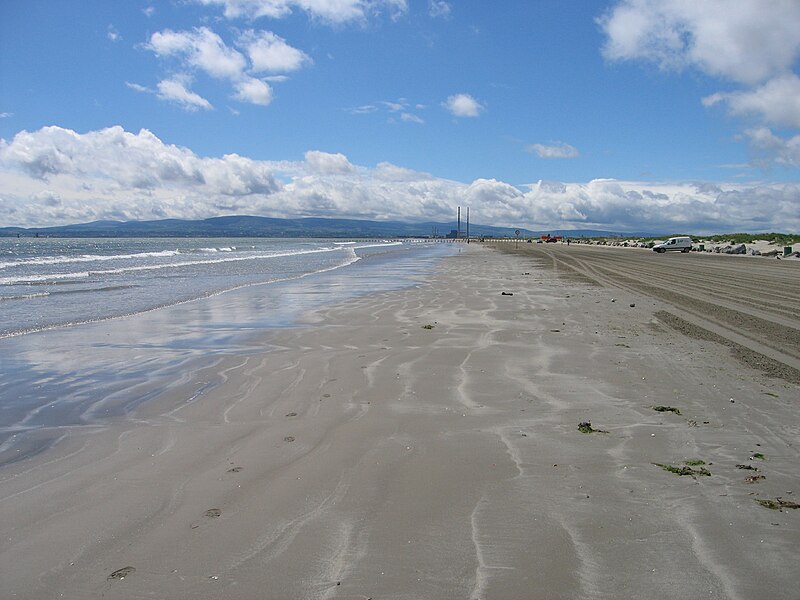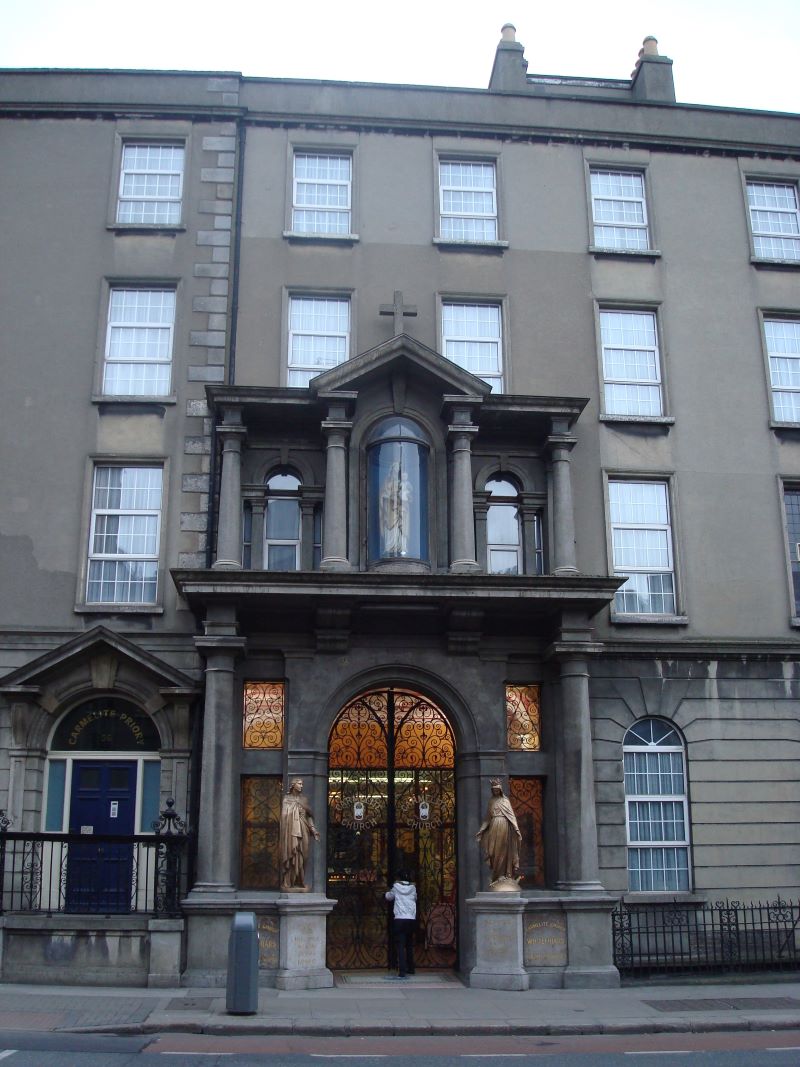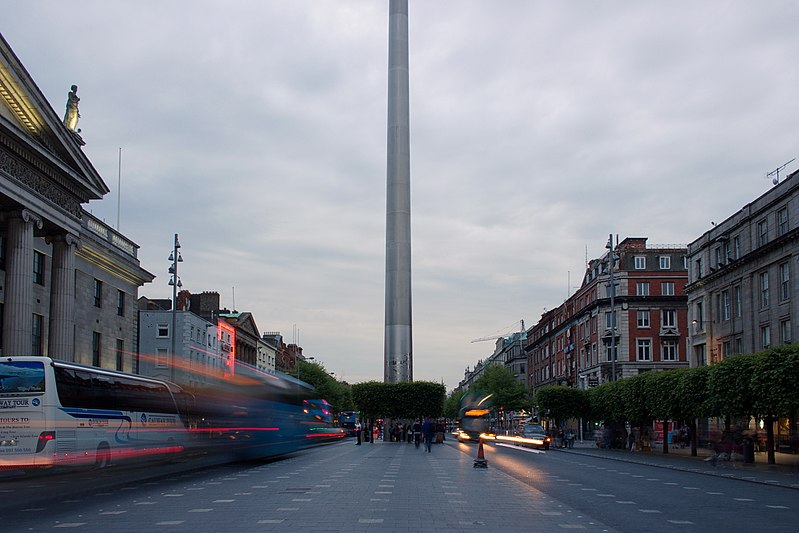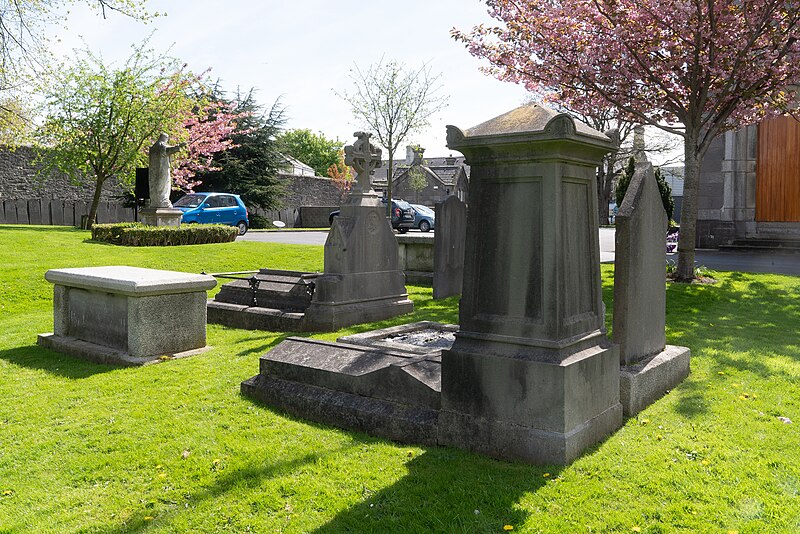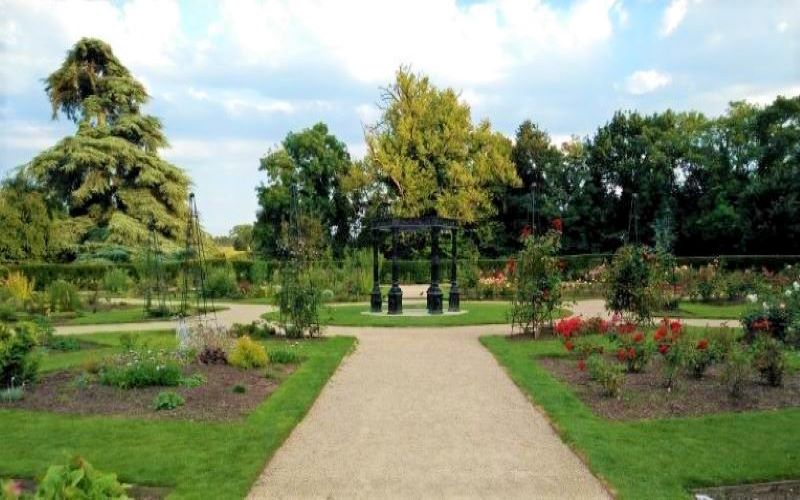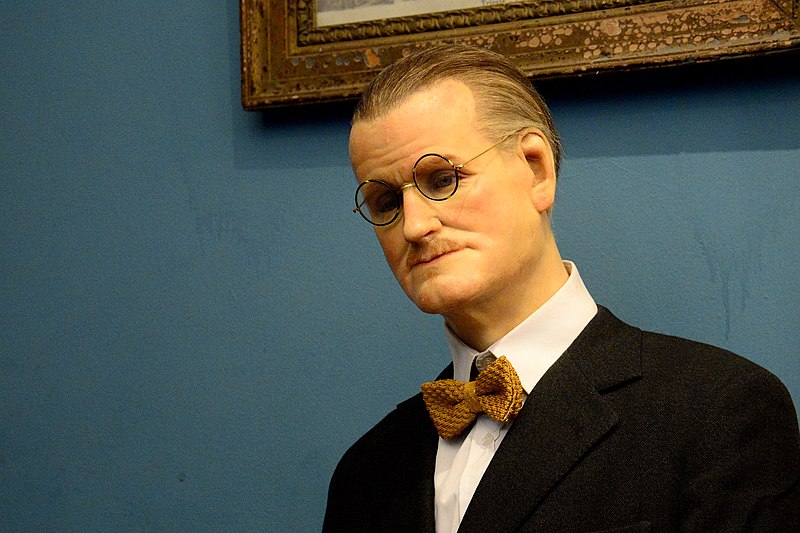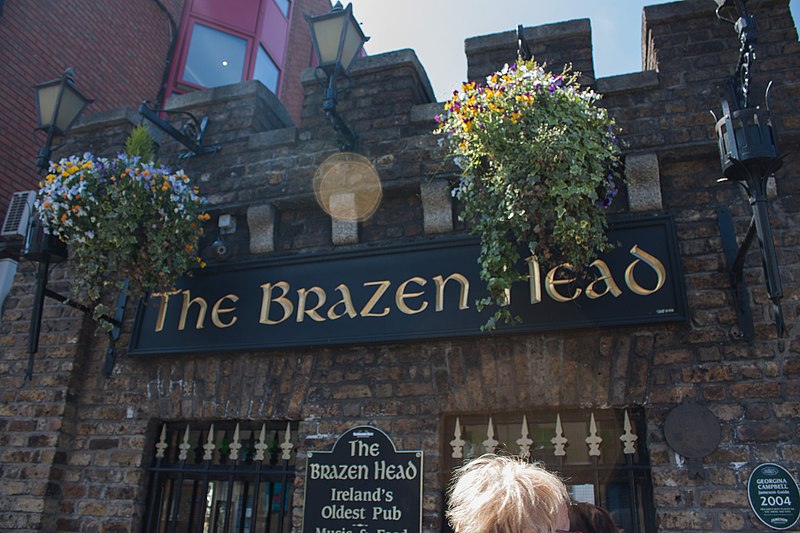If you’re looking for things to do in Dublin on a Saturday, check out this list of popular attractions and activities. From visiting historic sites to exploring vibrant neighborhoods, there’s something for everyone to enjoy in the Irish capital.
Saturdays in this enthralling metropolis provide a plethora of amazing experiences and activities to suit all tastes and interests.
Dublin has something unique in store for you, whether you’re a history buff, a foodie looking for culinary pleasures, an art connoisseur, or someone who just enjoys discovering new locations.
We’ll find a selected list of the top things to do in Dublin on a Saturday, ensuring you get the most out of your weekend in this engaging city.
Things you'll find in this article
- 8 Best Things To Do In Dublin On Saturday
- 1. Explore Dollymount Strand Beach
- 2. Visit the Whitefriar Street Carmelite Church
- 3. See the Spire of Dublin
- 4. Wander at Arbour Hill Cemetery
- 5. Go for an Action Adventure at the Escape Boats
- 6. Check Out Corkagh Park
- 7. Travel to the James Joyce Statue
- 8. Engage in Social Festivities at The Brazen Head
- Final Thoughts on Things to Do in Dublin on Saturday
8 Best Things To Do In Dublin On Saturday

1. Explore Dollymount Strand Beach
Dollymount Strand is the largest beach nearest to Dublin’s city center. It is located on North Bull Island, which was built in the nineteenth century in Dublin Bay to address silting issues.
It is now an important natural reserve, a nesting location for numerous bird species, and one of Ireland’s most protected sites. Dollymount Beach is near Clontarf, which is less than 11 kilometers from Dublin’s city center and takes approximately twenty-five minutes to travel to.
The strand, known locally as Dollyer, has long been a tourist draw, and the 5 kilometers of sandy shoreline on the island’s eastern side provide a perfect getaway from the city.
2. Visit the Whitefriar Street Carmelite Church
The Whitefriar Street Carmelite Church is among Dublin’s most significant less popular attractions since it houses Saint Valentine’s remains. Dublin City is home to the patron saint of love.
There is, of course, the shrine of Saint Valentine, the place to go on February 14th, and a portion of Dublin that a lot of people are aware of but few have visited.
The medieval sculpture of Our Lady of Dublin, which had a turbulent past and is one of the few remaining elements of medieval Dublin, lies nearby.
As one walks closer to Whitefriar Street Carmelite Church, one finds oneself noticing changes; most tourists will remark that the stores are becoming smaller and less contemporary. Because you have now entered one of Dublin’s poorer neighborhoods.
It is not a violent place, but it has not been gentrified for the tourist trade. It can be a little gloomy at times, and on a wet day, you won’t be tempted to stay any longer than necessary.
3. See the Spire of Dublin
The Spire was the victorious piece in an international architectural contest held by Dublin City Council in 1998 to take the place of Nelson’s Pillar, which was destroyed in 1966.
The Spire, a massive, eye-catching, and unique landmark, rises in the heart of O’Connell Street, mere feet from the historic GPO.
The Spire rises over O’Connell Street, 120m high and 3m in diameter at its foundation, breaking over the roof line with as thin and beautiful a movement as is technically conceivable.
The stainless steel surface of the Spire is softly lighted by the ambient lights of the streetscape beginning at sunset. The base is gently lighted, while the tip is illuminated from within by a light source, creating a beacon in the night sky over Dublin.
4. Wander at Arbour Hill Cemetery
The cemetery at Arbour Hill is the final resting place of fourteen killed commanders of the 1916 insurgency. The commanders were executed at Kilmainham and their remains were taken to Arbour Hill to be buried.
The burials are situated behind a modest mound on a terrace of Wicklow granite in the former jail yard. Their names are written in Irish and English on a limestone wall around their cemetery. A plaque on the jail wall adjoining the tomb lists the names of others who died in 1916.
5. Go for an Action Adventure at the Escape Boats

Buildings at Grand Canal Dock, Dublin
Escape Boats is situated on a vessel in Dublin’s Grand Canal Dock. Enjoy a tough and engaging environment as your squad tries to escape the boat by completing puzzles, deciphering codes, finding mysteries, and avoiding the horrors of the Zorg Ella barge.
There are two games in Escape Boats: SOS for two to six players and Convicts for two to ten people. Games are typically one hour long, but if there are more than 16 participants, successive matches can be organized such that teams are spread out over two or three hours.
Escape Boats works with a nearby bar and restaurant to provide finger meals and fun in between games.
To book this tour click here.
6. Check Out Corkagh Park
Corkagh Park is situated on Naas Road, which leads to Clondalkin. It became accessible to visitors in 1986 and covers approximately 110 hectares. It was previously part of Corkagh Demesne.
Because Corkagh Park is a heritage landscape, all excavation work must be carried out with extreme caution. The recently completed archaeological works were included in the enabling operations for the Corkagh Park concept.
Ireland’s sole purpose-built cycling track may be found in Corkagh Park. This cycling track offers a secure, traffic-free environment for learning skills, improving fitness, training, and racing.
7. Travel to the James Joyce Statue
The Irish novelist James Joyce is acknowledged to be among the most important writers in the early twentieth-century modernist avant-garde, mainly because he was the author of Ulysses, an iconic novel that mastered his stream-of-consciousness technique and mixed nearly every literary technique obtainable in a modern retelling of The Odyssey.
His short story collection and his greatest masterpiece, Ulysses, are both set in Dublin, making the city’s heart an appropriate site for his immortalization.
A realistic brass statue of James Joyce, crafted by Marjorie Fitzgibbon, was placed on North Earl Street, Dublin, in 1990 as a gesture of gratitude for Ireland’s most enigmatic author.
8. Engage in Social Festivities at The Brazen Head
The Brazen Head can be found on Bridge Street. This is the location of the original village that became Dublin. The Brazen Head serves as one of Ireland’s historic pubs.
Although it is uncertain how much of the actual 11th-century coachhouse remains, there is a tangible feeling of antiquity inside its walls.
Enjoy live music and hearty meals in any of the pub’s charming rooms, or take up the ambiance in the covered cobblestone courtyard throughout the summer. Every day, traditional and contemporary foods, such as stews and seafood dishes, are provided.
Final Thoughts on Things to Do in Dublin on Saturday
On a Saturday, Dublin provides an appealing mix of activities that merge history, culture, and dynamic energy. There’s something for everyone, from historic buildings steeped in history to vibrant streets packed with music and fun. Saturdays in Dublin offer a symphony of joys, whether you walk the cobblestone streets, sample the flavors of Irish food, immerse yourself in museums, or simply absorb up the bustling environment.
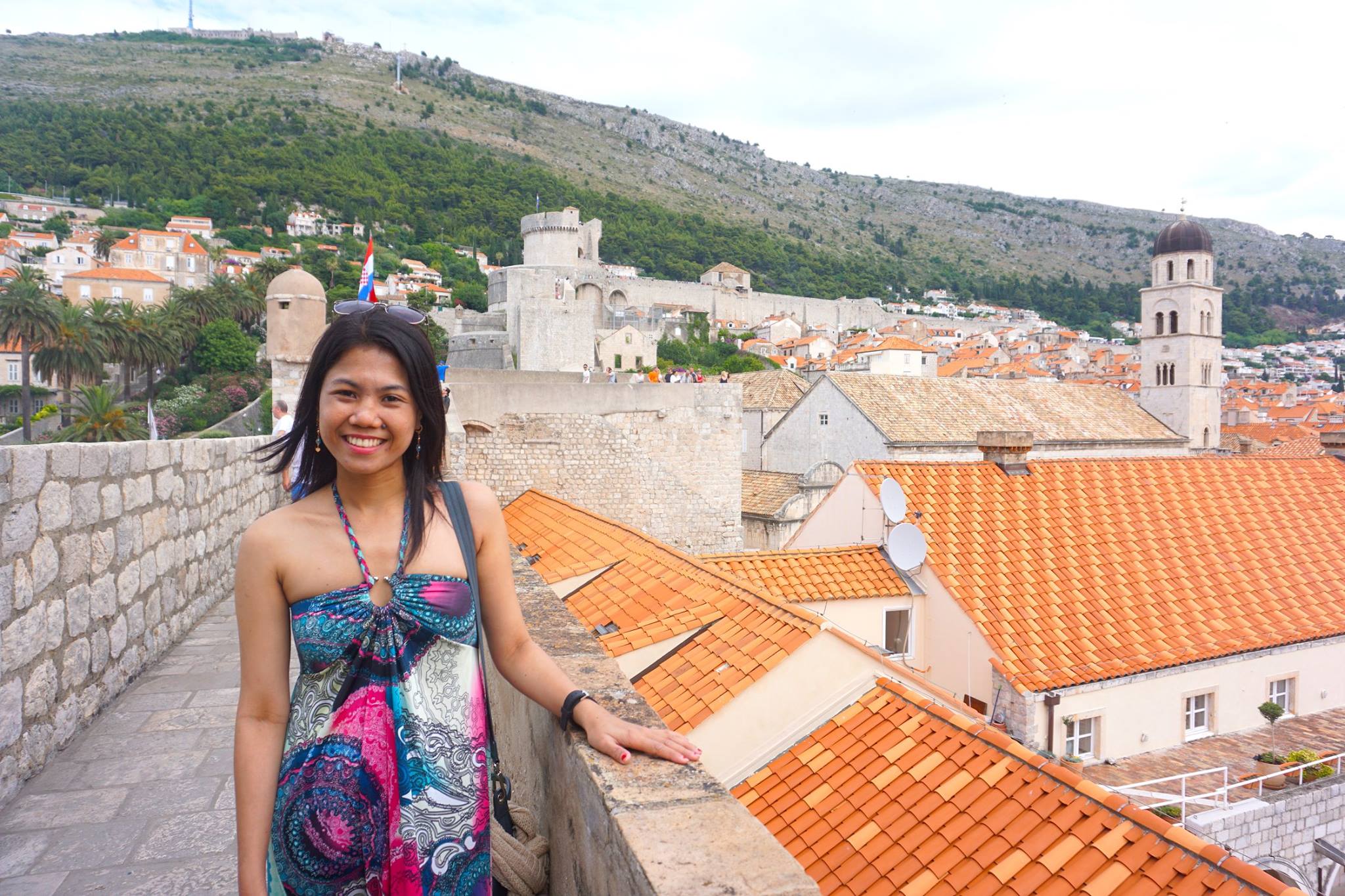
Hi, I’m Christine – a full-time traveler and career woman. Although I’m from the Philippines, my location independent career took me to over 60 countries for the past 12 years. I also lived in 4 continents – from the Caribbean, South East Asia, Africa and now in Europe. But despite living in several countries, my love for Ireland remains the same. A country that had been a part of my life since I was 14 because of my love for Irish music and bands. Ireland Travel Guides was born because of this passion and hopefully, in some little ways, this website will be able to help you on your next trip to Ireland.
